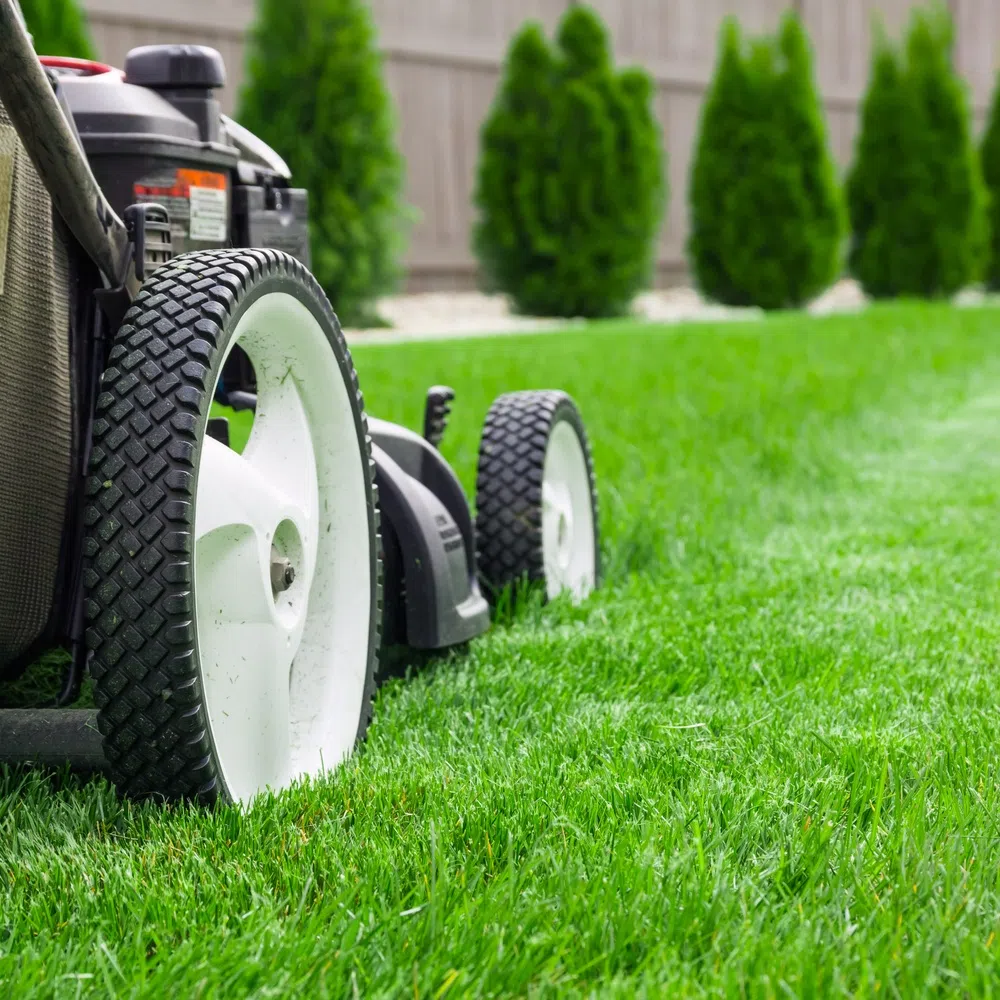A lush, green lawn may seem like the epitome of a healthy outdoor space, but it can sometimes have hidden environmental consequences. How you maintain it, the materials you use, and even the type of grass you grow can harm the surrounding ecosystem.
Keep reading as we identify the seven signs your lawn might be harming the environment. Knowing this information will help you transform your yard into a thriving, eco-friendly space.
1. Excessive Water Use
Lawns are known for their high water needs, with about 30 percent of household water use going to lawn irrigation. Frequent watering, especially in hot weather, can put extra pressure on local water supplies.
What you can do: Invest in drought-resistant grass varieties or a rain barrel to reduce water waste. Adjust irrigation schedules to water early in the morning or late afternoon to minimize evaporation.
2. Overuse of Chemical Fertilizers
Chemical fertilizers may provide a quick boost to your lawn, but their long-term effects include water pollution from runoff and harm to beneficial soil organisms. We recommend switching to organic fertilizers or starting a composting program to naturally enhance soil health.
Organic fertilizers are rich in nutrients and improve soil structure over time, while composting recycles kitchen scraps and yard waste into valuable organic matter. Both options promote healthier soil without the environmental side effects associated with synthetic chemicals.
3. Lawn Clippings Sent to the Landfill
If you’re bagging lawn clippings and sending them to the landfill, you’re missing an important opportunity to naturally nourish your soil. Instead of disposal, consider mulching your clippings.
Using a mulching blade on your mower finely chops the grass, allowing the clippings to break down quickly and release valuable nutrients back into the soil. This natural recycling process enhances soil fertility, reduces the need for chemical fertilizers, and promotes a lush, healthy lawn.
4. Use of Gas-Powered Equipment
Gas lawn mowers and trimmers emit harmful pollutants, contributing to air pollution and greenhouse gas emissions. Instead of gas-powered equipment, choose electric or manual mowing tools to greatly reduce emissions. They are environmentally friendly and produce less noise, helping cut down noise pollution.
5. Monoculture Grass Choices
Over-reliance on non-native, monoculture grass types reduces biodiversity and minimizes habitats critical for pollinators like bees and butterflies. Add variety in your landscape by incorporating native plants or wildflower patches to reduce your lawn area while supporting pollinators. Native plants are often heartier and require less maintenance.
6. Traditional Lawn Materials
Standard grass lawns require ongoing maintenance and resources, which can hurt the environment over time. Fortunately, innovative solutions like artificial grass lawns offer significant advantages, including reduced water consumption while maintaining the visual appeal of a lush yard.
7. Pesticide Usage
Chemical pesticides kill pests but also harm beneficial insects, such as pollinators and natural predators, disrupting the ecosystem of your yard. To promote a healthy environment, consider using natural pest control methods like neem oil, which is made from neem trees and serves as a repellent and insect growth regulator.
You can also introduce beneficial insects, such as ladybugs, which feed on aphids, and nematodes that target pests in the soil, to manage pest populations more sustainably.
Recognizing the seven signs that your lawn might be harming the environment is the first step in creating a greener, more sustainable outdoor space. Small changes can have big environmental impacts. Why not start by making one eco-conscious switch today? Your lawn—and the planet—will thank you.
Image Credentials: Photographer: Mariusz Blach File #: 83927308




Comments